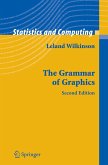
Gebundenes Buch
2nd ed.
15. Juli 2005
Springer / Springer New York / Springer, Berlin
978-0-387-24544-7
| Broschiertes Buch | 138,99 € | |
| eBook, PDF | 121,95 € |
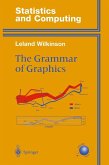
Broschiertes Buch
2nd ed.
17. September 2011
Springer / Springer New York / Springer, Berlin
978-1-4419-2033-1
eBook, PDF
30. Dezember 2021
Taylor & Francis
| Broschiertes Buch | 46,99 € | |
| Gebundenes Buch | 203,99 € | |
| eBook, ePUB | 51,95 € |
Ähnliche Artikel
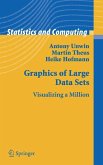
Gebundenes Buch
Visualizing a Million
2006 edition
24. Juli 2006
Springer / Springer New York / Springer, Berlin
11551027
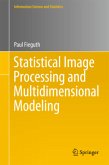
Broschiertes Buch
Repr. d. Ausg. v. 2011
1. Dezember 2012
Springer / Springer New York / Springer, Berlin
978-1-4614-2705-6
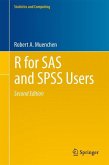
Gebundenes Buch
2. Aufl.
26. Juli 2011
Springer / Springer New York / Springer, Berlin
80013250,978-1-4614-0684-6
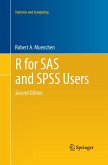
Broschiertes Buch
2. Aufl.
23. August 2016
Springer / Springer New York / Springer, Berlin
978-1-4939-3926-8
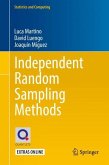
Gebundenes Buch
1st edition 2018
11. April 2018
Springer / Springer International Publishing / Springer, Berlin
978-3-319-72633-5
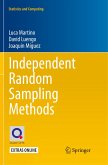
Broschiertes Buch
Softcover reprint of the original 1st edition 2018
9. Februar 2019
Springer / Springer International Publishing / Springer, Berlin
978-3-030-10241-8
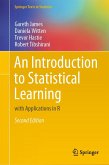
Gebundenes Buch
with Applications in R
2. Aufl.
30. Juli 2021
Springer / Springer US / Springer, Berlin
978-1-0716-1417-4
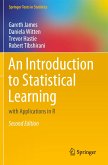
Broschiertes Buch
with Applications in R
2. Aufl.
30. Juli 2022
Springer / Springer US / Springer, Berlin
978-1-0716-1420-4

Gebundenes Buch
Programming with R
2008
25. Juli 2008
Springer / Springer New York / Springer, Berlin
12076291,978-0-387-75935-7
Ähnlichkeitssuche: Fact®Finder von OMIKRON
